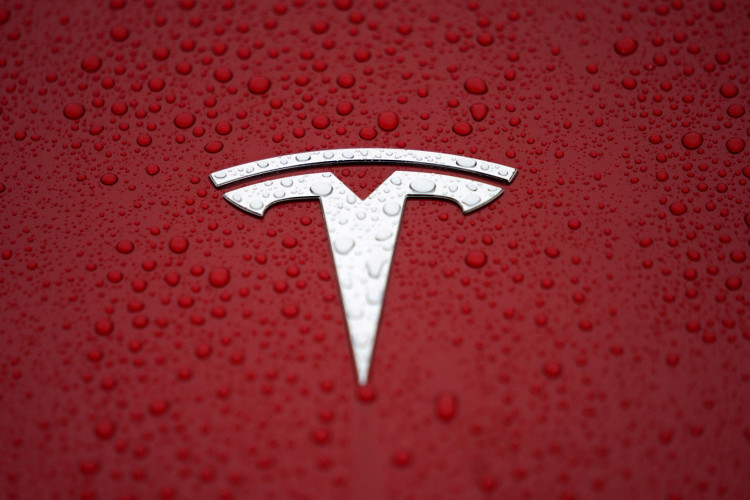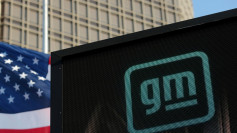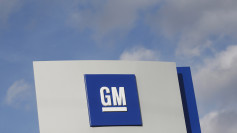According to U.S. data released Wednesday, Tesla vehicles were involved in the majority of crashes involving "Level 2" driver-assistance systems reported to the government.
Electric vehicles were responsible for 273 of the 392 crashes disclosed under a June 2021 National Highway Traffic Safety Administration directive mandating manufacturers to submit crash data for Level 2 driver-assistance programs, which assist with braking and steering but require the driver to remain fully engaged at all times.
According to statistics released Wednesday by US safety regulators, automakers reported nearly 400 crashes involving vehicles with partially automated driver-assist systems over 10 months, including 273 involving Teslas.
Hyundai came in second with 90 crashes involving driver assistance, followed by Subaru with ten and Ford with five. Toyota, BMW, Porsche, Hyundai, and General Motors all reported fewer than five driver assist-related crashes each.
The National Highway Traffic Safety Administration warned against comparing automakers by using the numbers because they were not weighted by the number of vehicles from each manufacturer that uses the systems or the number of miles those vehicles traveled.
Automakers reported crashes from July of last year to May 15 of this year in response to an order from the agency, which is conducting a broad investigation into such crashes for the first time.
In a June 2021 order, the NHTSA directed more than 100 automakers and automated vehicle tech firms to report serious crashes within one day of learning about them and to disclose less-serious crashes by the 15th of the following month. The agency is evaluating how the systems work and whether new regulations are required.
According to the NHTSA, six people were killed and five were seriously injured in crashes involving driver-assist systems. Five of the deaths occurred in Tesla vehicles, and one was reported by Ford. Tesla vehicles were involved in three of the serious injuries, while Honda and Ford each reported one.
Manufacturers were not obliged to report how many vehicles they had on the road that had the systems, nor were they required to report how far those vehicles traveled or when the systems were in use. Those figures are currently unquantifiable, according to an agency official.
However, the NHTSA may later seek such information. Meanwhile, the new data has allowed it to detect crashes much faster than before. The agency is currently using the crash data to look for trends and discuss them with the companies.
According to officials, the NHTSA has already used the data to seek a recall, open investigations, and provide information for ongoing inquiries. They also stated that it is difficult to determine how many drivers exist.





